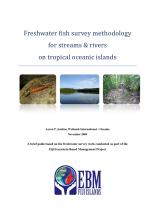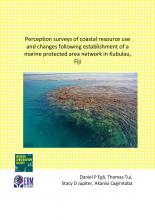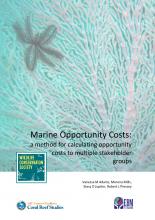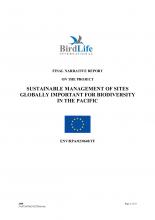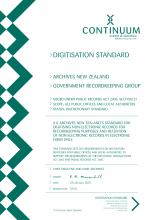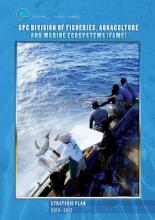Marine opportunity costs: a method for calculating opportunity costs to multiple stakeholder groups

Island and Ocean Ecosystems
Available Online
Research for this study was carried out under a two-year project to support the implementation of Ecosystem-Based Management (EBM) at two catchment-to-reef sites on Vanua Levu, Fiji, during which conservation planning approaches were trialled using EBM tools to evaluate options for re-designing marine protected area (MPA) networks. Current approaches in systematic conservation planning have focused on developing tools to maximize conservation benefits while minimizing socio-economic costs to users of a landscape or seascape area. In this study, we present a novel method for calculating the opportunity costs of conservation actions to multiple gear type users arising from fisher displacement due to the establishment of MPAs in Kubulau District, Vanua Levu, Fiji. The method builds upon those applied in land conservation in which the probability of land conversion to alternate functions is used to estimate opportunity costs to multiple stakeholders, which differs from previous approaches by providing information about costs of currently unused areas that may be of potential future benefit. We model opportunity costs of establishing a network of MPAs as a function of food fish abundance, probability of catch as function of gear type and market value of species. Count models (including Poisson, Negative Binomial and two zero-inflated models) were used to predict spatial distribution of abundance for preferred target fish species and validated against underwater visual census (UVC) surveys and biophysical predictor variables (reef type, reef exposure, depth, distance to shore, protection status). Spatial distributions of targeted fish within the three most frequently sighted food fish families (Acanthuridae, Lutjanidae, Scaridae) varied considerably: Lutjanidae had the highest abundance on barrier reefs; Acanthuridae on inshore fringing and patch reefs; and Scaridae on fringing reefs. Modeled opportunity cost, estimated as a function of abundance and probability of catch by gear type, indicated highest cost to fishers would arise from restricting access to the fringing reef between the villages of Navatu and Kiobo and the lowest cost would arise from restricting access to the Cakaunivuaka reef. The opportunity cost layer was added to Marxan models to identify optimum areas for protection to meet fisheries objectives in Kubulaus traditional fisheries management area with: (a) the current MPA network locked in place; and (b) a clean-slate approach. The opportunity cost method presented here gives an unbiased estimate of opportunity costs to multiple gear types in a marine environment that can be applied to any region using existing species data.
